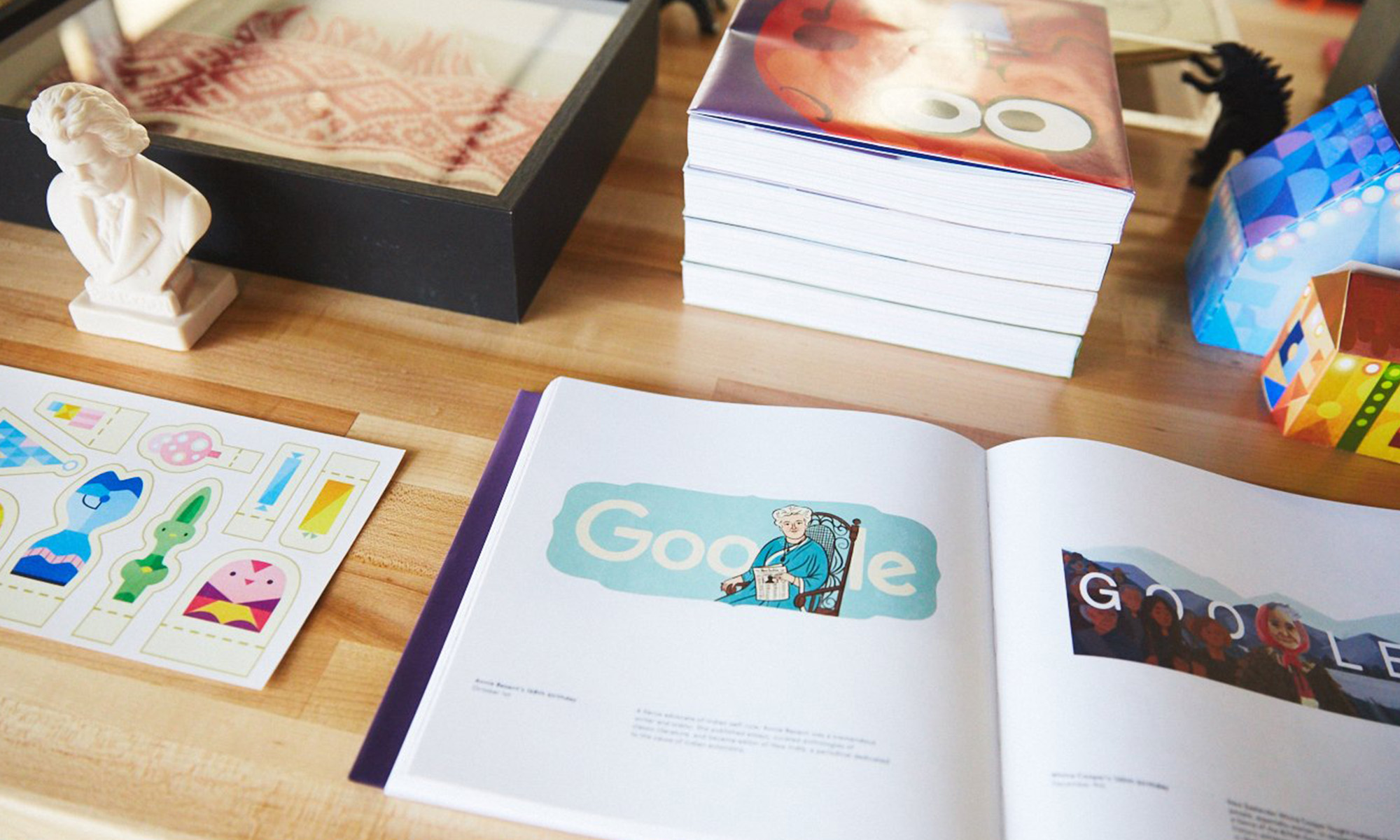
When Google Fiber launched about six years ago, management projected that it would reach 5 million subscribers within the first five years. After launching its first official location -- Kansas City -- in 2012, management said that Google Fiber was a viable business model. Former CFO Patrick Pichette told analysts on its fourth-quarter 2012 earnings call that Google Fiber is not a hobby, and that it should be a good business.
But two years later, Fiber only had about 200,000 subscribers, according to The Information. And while it doesn't know the exact count today, it's still well below the 5 million subscriber goal Google initially laid out, according to The Information's report.
Fiber is now called Access and is part of Alphabet's (GOOG +1.40%) (GOOGL +1.48%) Other Bets segment. Alphabet CEO Larry Page reportedly ordered the division to cut its workforce in half, to 500 employees, while cutting customer acquisition costs to just 10% of its current run rate.
The biggest loser
Through the first six months of 2016, Alphabet's Other Bets has seen its operating loss expand almost 30%, to $1.6 billion. Capital expenditures increased 44% year over year, as well. The bulk of that increase in capital expenditures, according to CFO Ruth Porat, came from Fiber.
Fiber spent more than $1 billion laying its cables under the streets of Kansas City. And Kansas City represented a prime opportunity for the Alphabet division to take advantage of existing infrastructure. Future cities are expected to cost just as much, if not more. With six active cities, Alphabet has already sunk at least $6 billion into Fiber, and it has plans for 16 more cities in the near future.
That kind of spending is unsustainable if Fiber is only attracting a few thousand subscribers per city. Fiber costs $50 per month for a 100 Mbps connection – which is faster than most broadband connections -- and $70 per month for 1 Gbps – which is the fastest in the industry. An average revenue per user of about $65 means Fiber generated just $150 million in 2014 from its 200,000 subscribers. At that rate, it'll take 40 years to recoup just the costs of its capital expenditures in its first six cities.
Ms. Porat insists that Fiber's business is viable, but CEO Larry Page and President Sergey Brin have expressed discontent with the division. As such, investors should expect to see Fiber's expansion slow and its capital expenses and other operating costs come down. That could result in the operating loss of the Other Bets segment to come back down over the next year as Fiber reduces overhead costs.
What can Fiber do to reduce costs?
Aside from reducing its head count and slowing its expansion to reduce overhead and capital expenses, Fiber is also experimenting with a less capital-intensive way to deliver gigabit broadband to subscribers' homes.
The company acquired WebPass, a small broadband internet service provider, in June. WebPass specializes in technology that allows it to beam internet into subscribers' homes using an antenna connected to a fiber line. That means Fiber could serve more homes while digging up fewer streets and gardens and laying less fiber-optic cable.
While that will reduce capital expenses, Fiber will also be competing with Verizon (VZ 0.15%) and AT&T (T +0.66%), which are both proposing a similar system to deliver 5G cellular service to subscriber's homes. Verizon says its 5G connections will deliver 1 Gbps speeds – the same as Fiber.
Both wireless carriers intend to spend billions building out their next-generation networks. With Mr. Page's pressure on Fiber to reduce its costs, it's likely the Other Bet will be beaten to market in a lot of major cities.
While the reduction in costs will help relieve some of the losses Alphabet is experiencing from its Other Bets, it will also severely limit the upside of the business. But after five years of poor subscriber attachment, maybe it's time for a change.









